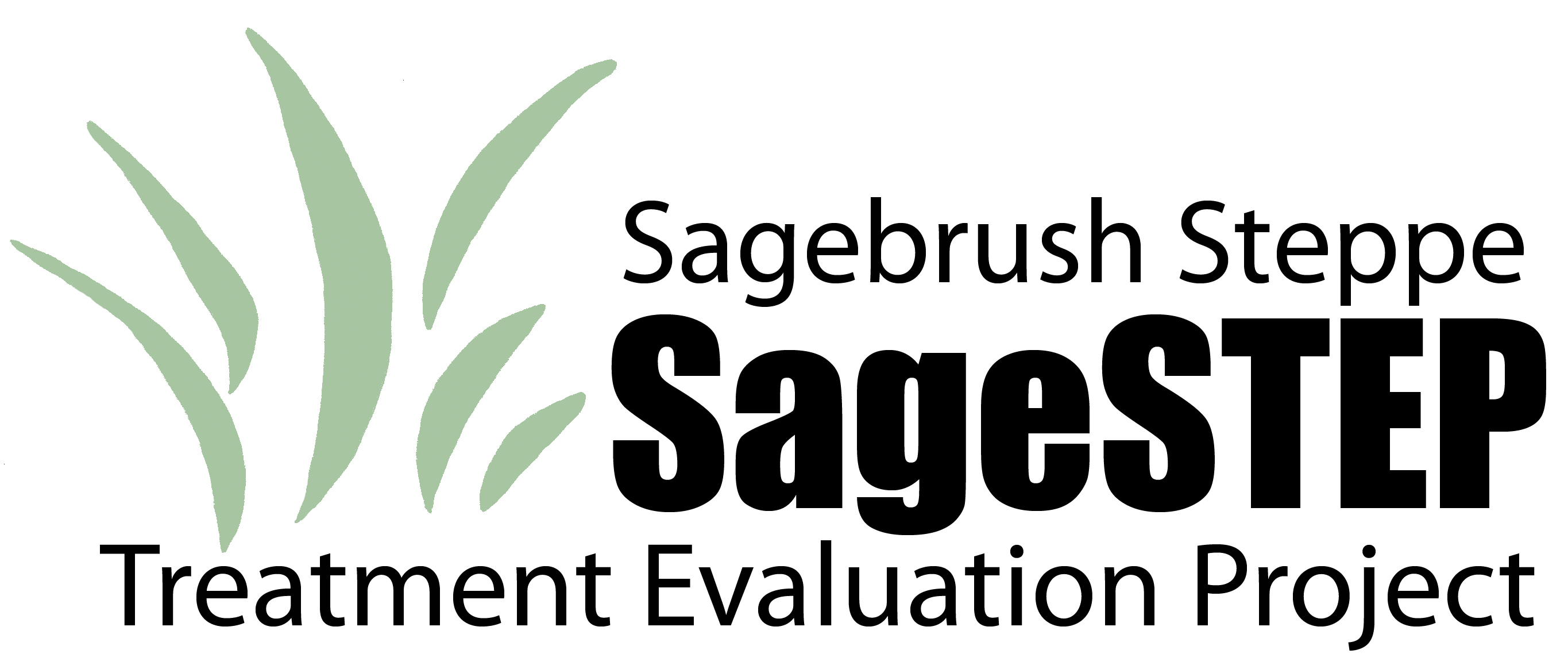Document Type
Article
Journal/Book Title/Conference
Ecosphere
Volume
11
Issue
8
Publisher
Ecological Society of America
Publication Date
8-27-2020
First Page
1
Last Page
18
Creative Commons License

This work is licensed under a Creative Commons Attribution 4.0 License.
Abstract
In the Intermountain West, land managers masticate pinyon pine (Pinus spp.) and juniper (Juniperus spp.) trees that have encroached sagebrush steppe communities to reduce canopy fuels, alter potential fire behavior, and promote growth of understory grasses, forbs, and shrubs. At three study sites in Utah, 45 sampling plots spanning a range of tree cover from 5% to 50% were masticated. We measured surface fuel load components three times over a 10‐yr period. We also measured tree cover, density, and height as indicators of treatment longevity. Changes in these variables were analyzed across the range of pre‐treatment tree cover using linear mixed effects modeling. We detected decreases in 1‐h down woody debris by 5–6 yr post‐treatment, and from 5–6 to 10 yr post‐treatment, but did not detect changes in 10‐h or 100 + 1000‐h down woody debris. By 10 yr post‐treatment, there was very little duff and tree litter left for all pre‐treatment tree cover values. Herbaceous fuels (all standing live and dead biomass) increased through 10 yr post‐treatment. At 10 yr post‐treatment, pinyon–juniper cover ranged 0–2.6%, and the majority of trees were1‐h fuels were the only class of down woody debris that decreased, it may be beneficial to masticate woody fuels to the finest size possible. Decreases in 1‐h down woody debris and duff + litter fuels over time may have important implications for fire behavior and effects, but increases in herbaceous and shrub fuel loads should also be taken into account. At 10 yr post‐treatment, understory grasses and shrubs were not being outcompeted by trees, and average pinyon–juniper canopy cover was
Recommended Citation
Wozniak, S. S., Strand, E. K., Johnson, T. R., Hulet, A., Roundy, B. A., and Young, K.. 2020. Treatment longevity and changes in surface fuel loads after pinyon‐juniper mastication. Ecosphere 11( 8):e03226. https://doi.org/10.1002/ecs2.3226



